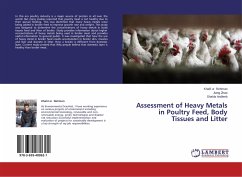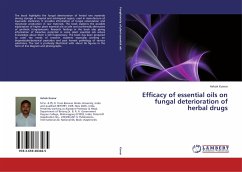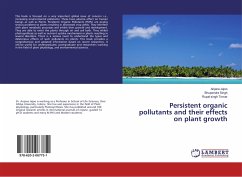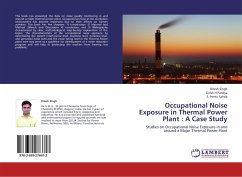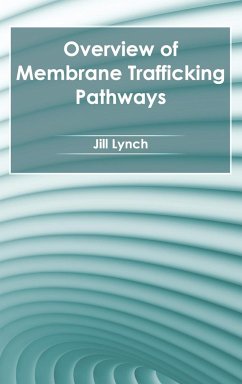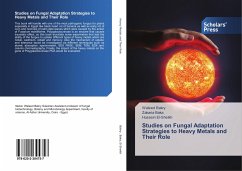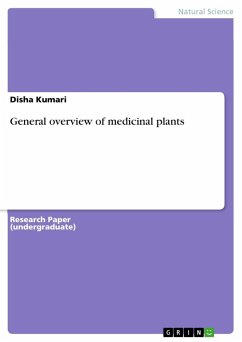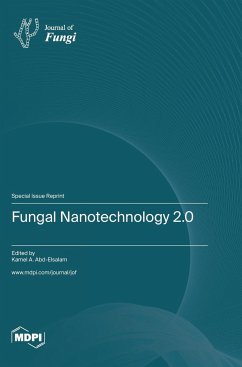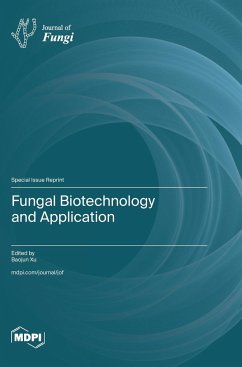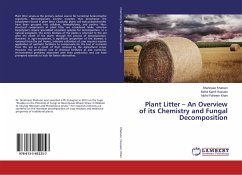
Plant Litter - An Overview of its Chemistry and Fungal Decomposition
Versandkostenfrei!
Versandfertig in 6-10 Tagen
37,99 €
inkl. MwSt.

PAYBACK Punkte
19 °P sammeln!
Plant litter serves as the primary carbon source for terrestrial heterotrophic organisms. Microorganisms excrete enzymes that decompose the biopolymers found in plant litter. Classically, plants cell wall polysaccharides have been grouped into cellulose, hemicelluloses, and pectins. Non-structural components of plant litter are considered labile, whereas biopolymers require specialized enzymatic systems for decomposition. In a natural ecosystem, the entire biomass of the plants is returned to the soil after the death of the plants through the process of decomposition. However, in agro-ecosyste...
Plant litter serves as the primary carbon source for terrestrial heterotrophic organisms. Microorganisms excrete enzymes that decompose the biopolymers found in plant litter. Classically, plants cell wall polysaccharides have been grouped into cellulose, hemicelluloses, and pectins. Non-structural components of plant litter are considered labile, whereas biopolymers require specialized enzymatic systems for decomposition. In a natural ecosystem, the entire biomass of the plants is returned to the soil after the death of the plants through the process of decomposition. However, in agro-ecosystems, a significant proportion of the biomass is removed from the soil. Hence, intensive cultivation of crop requires massive application of synthetic fertilizers to compensate for the loss of nutrients from the soil as a result of their removal by the agricultural crops. However, the prohibitive cost of chemical fertilizers as also numerous environmental problems associated with their production and use have prompted scientists to look for better alternatives.



